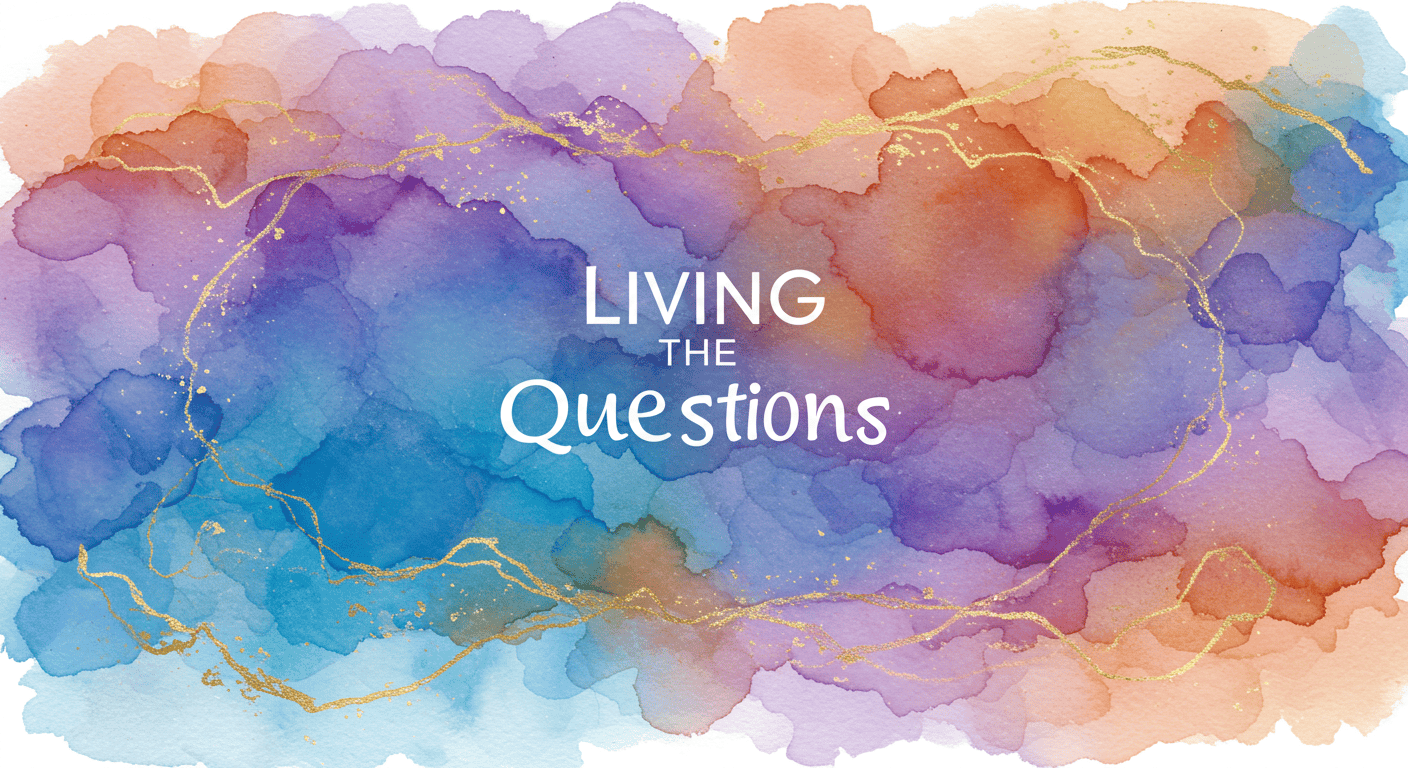Tricolor? Bloody, Saffron! 🇮🇳

I grew up in a (what used to be a) small-town in the sleepy heartland of India, called Bhilai. Both in and out of school, I was surrounded by kids whose "mother tongue" wasn't Hindi, who dressed differently than me, who cooked food unfamiliar to me, whose parents practiced a different religion / culture than my parents. Just in one section (classroom) of one class (grade), we had a melting pot of Tamil-kids, Andhra-kids, Kerela-kids, Punjabi-kids, Gujrati-kids, Kashimiri-kids, Manipuri-kids, Rajasthani-kids and on and on; Sikhs, Jains, Christians, Hindus and yes, Muslim kids too. Bhilai was the only reality I knew, and I thought all of India was just like it.
We didn't have the woke-vocabulary back then, and even if we did I'm not sure I'd confidently say we "didn't see religion / caste / culture". I would say though that growing up with people from dramatically different backgrounds and cultures felt very normal. Bhilai was like a picture-perfect postcard of the "unity in diversity" line we were all taught – and dare I say, believed – in schools those days.
In 1984, I was too young to remember first-hand, the assassination of Indira Gandhi or the anti-Sikh riots that followed; had a distant awareness but blissful ignorance of a small-town middle-schooler of the 1992 demolition of Babri masjid. But then 9/11 happened, and as we all watched the horror unfold over and over again on TV, I distinctly remember thinking how hard this would make life for Muslims. Ironically, only a short while later in 2002, as Godhra burned much closer to home, even though I was in a riot-prone city of a state with a history of communal violence, the comfortable cocoon of a sprawling college campus made the tragedy feel distant.
I moved to the US, and paid little attention to India politics (barring some exceptions, like the rise of Aam Aadmi Party in 2012-2013). Years flew by.
In 2016, the same week that Trump won the US Presidential election, then Prime Minister Modi made the shocking announcement to ban majority of the Indian currency in circulation with a 4 hour warning! I must admit, like many, I admired the audacity of the move. I thought perhaps India might benefit from this new, bold leadership style.
But something had started to shift. Slowly, but surely, it seemed like the ruling party was pushing forward a Hindu agenda much more so than an economic agenda. A conversation from my next India trip in 2018 offers a stark example: a family member casually remarked that somewhere deep down, most Indian Muslims must surely feel a sense of alienation, the trauma of partition and perhaps a longing for Pakistan, right? I was speechless.
Not surprisingly, BJP's landslide victory in the 2019 general elections seems to have emboldened the government. From eliminating Kashmir's special status, passing the Citizenship Amendment Act, and plans to implement a National Register of Citizens, the government has made its priorities clear.
I should say the CAA has been worded carefully: if you analyze it line-by-line, it is hard to single out any one clause as obviously "wrong" or "unjust". But as soon as you zoom out a little and start asking some basic questions, it starts to show cracks: what problem is this act really trying to address, and is this bill the best way to get that desired outcome? why those specific countries? above all, WHY NOW? What pressing issue that India faces today are these efforts meant to address?
It's hard not to view the combo of CAA + NRC + NPR as part of a holistic strategy to alienate and discriminate against the Muslim minority in India. And despite recent attempts by the government to backtrack NRC plans, the Home Minister has made their intentions pretty clear over and over again:
It's been a tragic, anxious and chaotic few months to say the least. There are the on-going protests. Internet-access has been cut off for 200+ days and counting in Kashmir, with little justification. Multiple instances of law-enforcement either actively attacking innocent civilians (e.g. in college campuses) or passively standing by as looters / aggressors assaulted civilians and property alike. While we swooned over Trump's India trip , Delhi burned.
The reaction (or lack thereof) from most of the Indian diaspora, intellectuals, Bollywood actors, Cricket stars, entrepreneurs & investors has been largely disappointing. The one silver lining amidst all this is that people continue to fight the good (and necessary!) fight, the protests continue. After all, a democracy that fails to heed sustained grievances from its populace can't claim to be a democracy forever.
Above all, I feel sad. The tricolor feels a little less green, and a lot more saffron and bloody these days.
So, where do we go from here? How did we even get here? I'm not sure. But I am going to read more, question more and find more meaningful ways to engage with Indian politics. In the meantime, dear reader, here's some further reading:
- Blood and Soil in Narendra Modi's India by Rana Ayyub (New Yorker)
- The Graveyard Talks Back by Arundhati Roy
Thanks to the my better half, Surabhi Saraf, for feedback on this post and especially for contributing the reading list.
